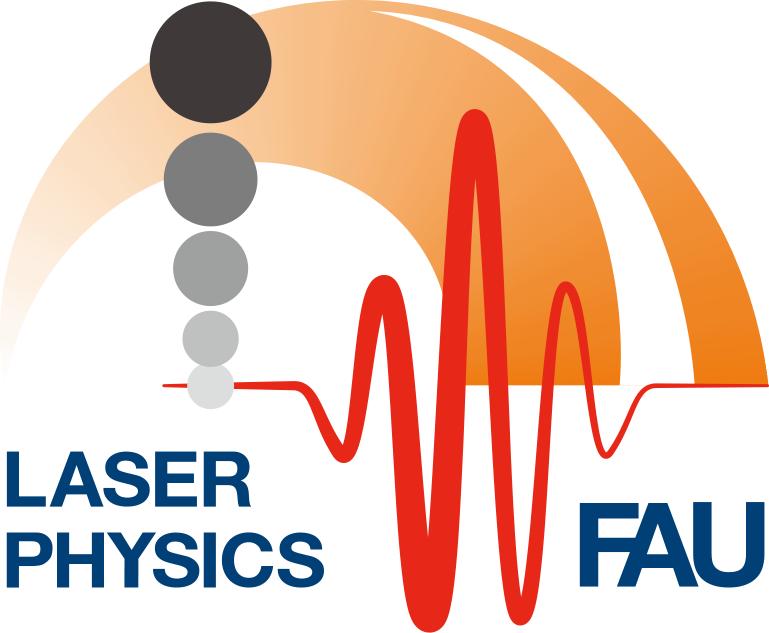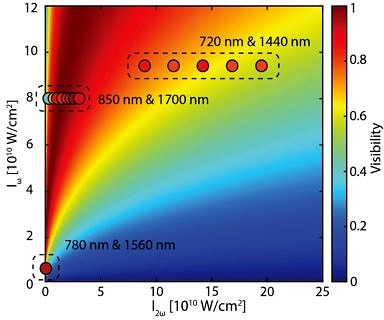Quantum interference visibility spectroscopy in two-color photoemission – published in Phys. Rev. Lett.
When two-color femtosecond laser pulses interact with matter, electrons can be emitted through various excitation pathways involving different combinations of photons from the individual colors. Quantum interference between these pathways gives rise to a strong oscillation of the photoemitted electron current, experimentally characterized by its visibility (contrast). We investigate the visibility of the quantum pathway interference over an almost octave-spanning wavelength range of the fundamental (ω) femtosecond laser pulses and their second harmonic (2ω). The photoemission shows interference with high visibility (90% ± 5%) with a remarkably constant distribution over the measured wavelength range. Furthermore, by varying the relative intensity ratio of the two colors, we find that we can vary the visibility between 0% and close to 100%. This method of quantum interference visibility spectroscopy shows broad applications in physics, chemistry, and quantum engineering and is accepted for publication in Physical Review Letters. The paper was just published, see here.

